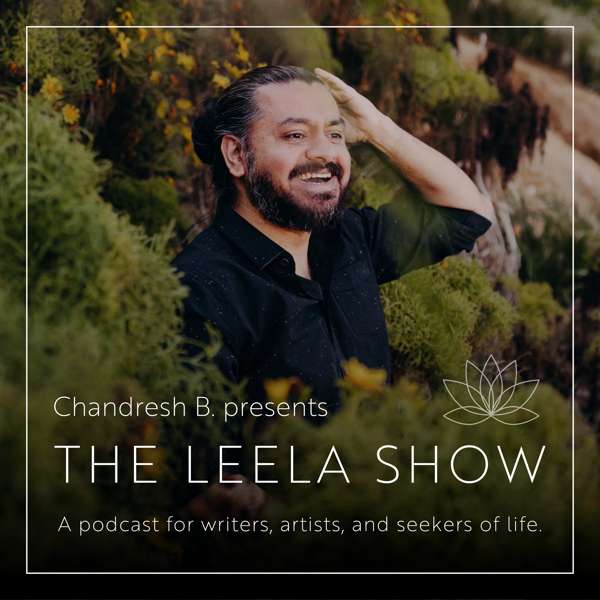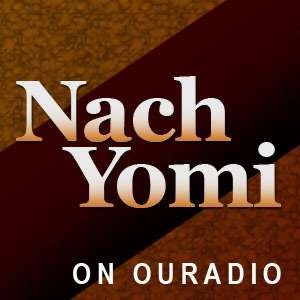How can we reconnect, repair, and rebuild our fractured world?
We need grounded scientific insight that we connect us with what is good, true, and beautiful. We need wider perspective that guides us toward purpose, community, wisdom, and spiritual health.
Developmental psychologist, ordained minister, and professor, Dr. Pam King introduces Season 2 of With & For, which launches on January 6, 2025. Inviting guests with expertise in psychology, spirituality, and leadership, this new season will tackle practical questions with courage, openness, and hope—focusing on insights, stories, and exercises for how to reconnect, repair, and rebuild our fractured world. How to find psychological, emotional, and spiritual health, and how to find one another in love.
This season, episode topics include:
The power of positive emotions like awe, wonder, curiosity, and transcendence, along with other research backed practices that encourage them.
The dangers of spiritual and religious abuse, the psychological impact of childhood relational trauma, and how to heal from the wounds of the past.
The neuroscience behind our emotional health, its impact on how we develop, learn, grow, and make meaning.
The science behind core human relationships, the emotional vulnerability and power dynamics of intimate romantic relationships, as well as the challenge of parenting and being parented.
Why and how our moral lives and cultivating virtues are fundamental to joy and thriving.
The legacies of racial justice and consider the spiritual and moral underpinnings of nonviolent resistance. The healing properties of art, creativity, and beauty, and how they offer comfort and strength beyond words.
And much more.
Subscribe to With & For wherever you listen to podcasts and visit us online at thethrivecenter.org/podcast.
About the Thrive Center
About Dr. Pam King
Dr. Pam King is Executive Director the Thrive Center and is Peter L. Benson Professor of Applied Developmental Science at Fuller School of Psychology & Marriage and Family Therapy. Follow her @drpamking.
About With & For
- Host: Pam King
- Senior Director and Producer: Jill Westbrook
- Operations Manager: Lauren Kim
- Social Media Graphic Designer: Wren Juergensen
Special thanks to the team at Fuller Studio and the Fuller School of Psychology & Marriage and Family Therapy.

 Our TOPPODCAST Picks
Our TOPPODCAST Picks  Stay Connected
Stay Connected







